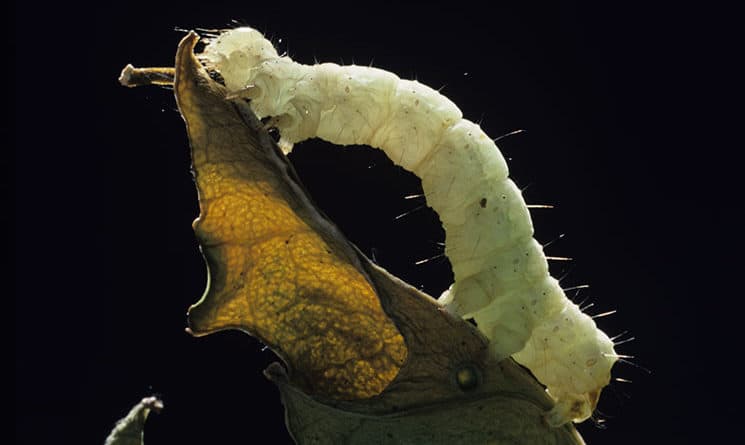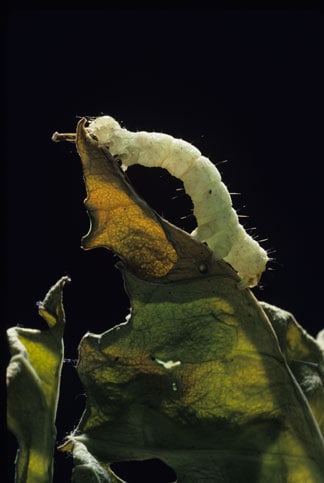Editor’s note: The University of New Hampshire Cooperative Extension provides weekly gardening columns in which experts answer questions from local gardeners.
Q: How did I end up with so many pests on my broccoli and kale plants this year? Some velvety-looking green caterpillars have chewed large holes in the leaves while others are inside the broccoli heads. Some are tiny, and some as long as an inch. — Jaqueline H. of Stoddard
A: At this time of the year in New Hampshire, this level of pest activity can seem surprising. However, this activity may result from imported cabbage-worm populations left unchecked. Cabbage worms can run as many as three to five overlapping generations annually in your garden.
Which vegetables are affected?
Cultivars of Brassica oleracea can be affected by these pests, such as cabbage, cauliflower, broccoli, Brussels sprouts, collards, kale, and kohlrabi, as well as cultivars of B. rapa, including turnip and Chinese cabbage.
Options for control
Handpick and destroy these caterpillars when you see them, or feed them to your birds, reptiles, or carnivorous plants. The tiny eggs, laid by a white butterfly and nocturnal moths on the leaves, can be seen unaided, and should be squashed. Throughout the growing season, it is a good practice to examine the top and underside of leaves at least once a week.
The growing caterpillars gradually make their way toward the center of the plant. They typically pupate on the plants, sometimes on plant debris that has dropped off the plant, and sometimes on the soil surface or just below. This is why it is so important to remove debris from your garden.
If you are troubled with these caterpillars, be sure to chop your Brassica plant material into small pieces before adding them to your compost to avoid re-introducing these pests to your garden. If you do not want to compost the debris, you can wrap it and dispose of it. Once you’ve removed any garden debris, a light rototilling or shallow use of a stirrup hoe may reduce the number of viable pupae in the soil. Next year, consider placing a piece of floating row cover over the young plants to discourage egg laying. Excellent organic options for control do exist. Contact the Cooperative Extension for details.
The UNH Cooperative Extension Education Center answers questions about gardening and more at answers@unh.edu, or by calling 877-398-4769, Monday through Friday, between 9 a.m. and 2 p.m.


